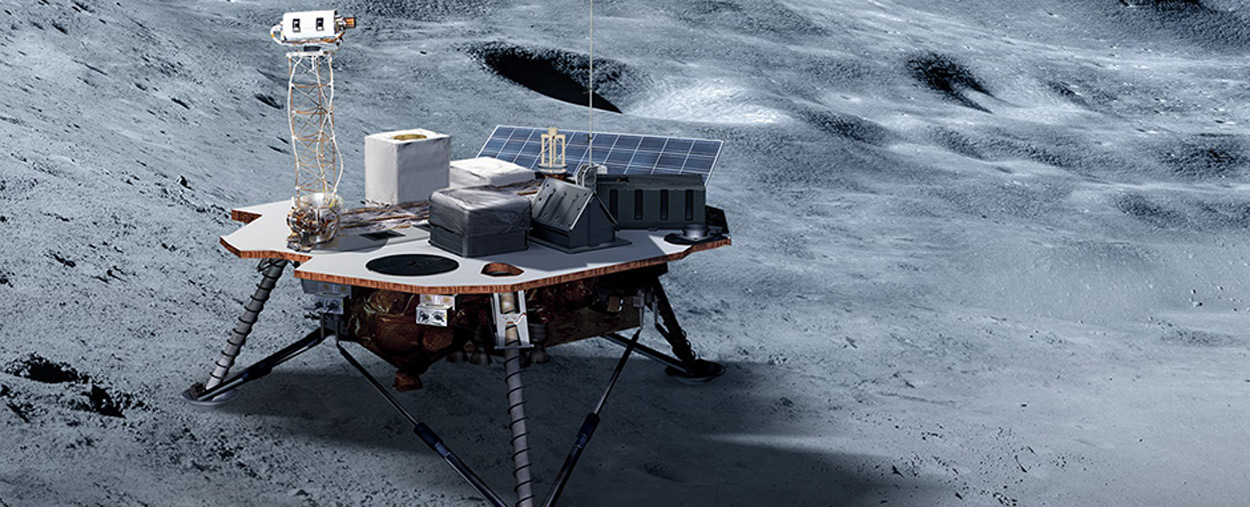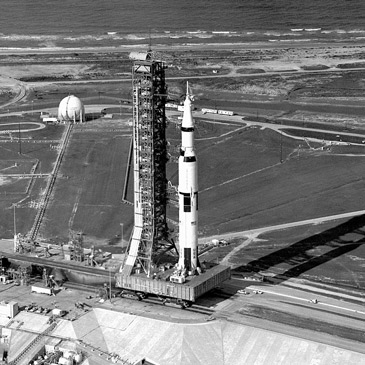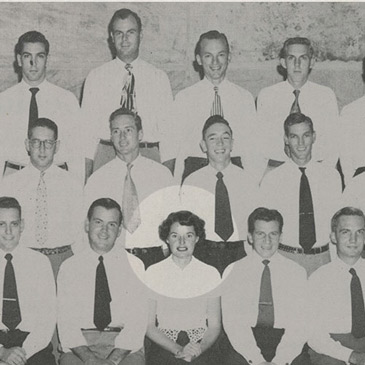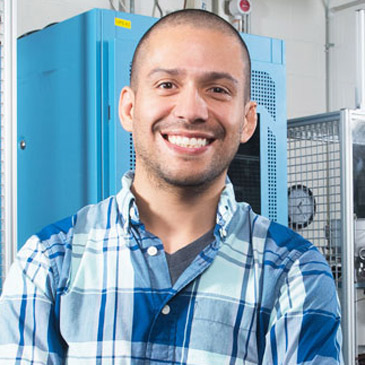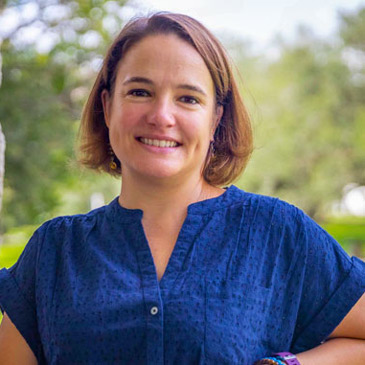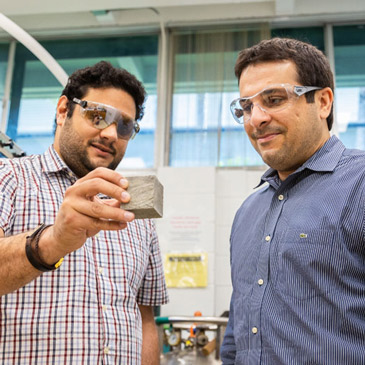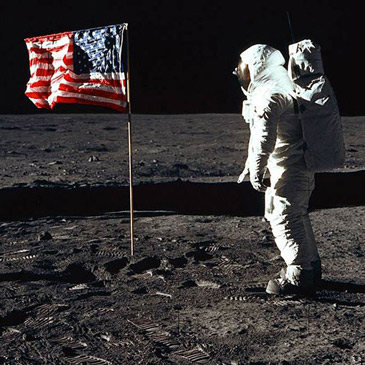by Deserae E. del Campo
UM News
07-16-2019
Physics Professor Massimiliano Galeazzi is no stranger when it comes to working with scientists and astrophysicists at NASA. Back in 2018, he participated in the Poker Flat Sounding Rocket Campaign with NASA and other academic institutions to launch three rockets into outer space from a site in Alaska.
For that mission, Galeazzi was the principal investigator for the DXL (Diffuse X-rays from the Local Galaxy) mission, which was designed to study X-rays coming from two different sources in space. Now, as NASA sets its sights on returning to the Moon and even farther—to Mars—Galeazzi once again finds himself on the brink of scientific and space exploration as a member of a team created to study the Moon and explore more of its surface, which is part of NASA’s Artemis lunar program.
NASA has selected 12 new science and technology payloads (an aircraft or launch vehicle) to help study the Moon and its surface. The new investigations and demonstrations are aimed to help NASA send astronauts to the Moon by 2024 and prepare humans for space travel to Mars.
Galeazzi was selected to work on the Lunar Environment Heliospheric X-ray Imager (LEXI), which is designed to capture images of the interaction of Earth's magnetosphere with the flow of charged particles from the Sun, called the solar wind.
“LEXI is an amazing opportunity,” says Galeazzi. “From the scientific point of view, the moon offers a unique vantage point to study the Earth and the upper level of its atmosphere. From a more personal standpoint, being part of the first set of missions to the moon, 50 years after the Apollo landing, is simply a dream come true"
Other projects that are a part of the Artemis lunar program include the MoonRanger, which is a small, fast-moving rover that can drive beyond communications range with a lander and return to it. The MoonRanger will map the terrain and transmit data for future system improvement. There’s also the Lunar Instrumentation for Subsurface Thermal Exploration with Rapidity (LISTER) project, which is an instrument designed to measure heat flow from the interior of the Moon. The probe will attempt to drill 7 to 10 feet into the lunar surface to investigate the Moon's thermal properties at different depths.
NASA’s lunar exploration plans are based on a two-phase approach: The first is focused on speed–landing astronauts on the Moon by 2024, while the second will establish a sustained human presence on the Moon by 2028.




